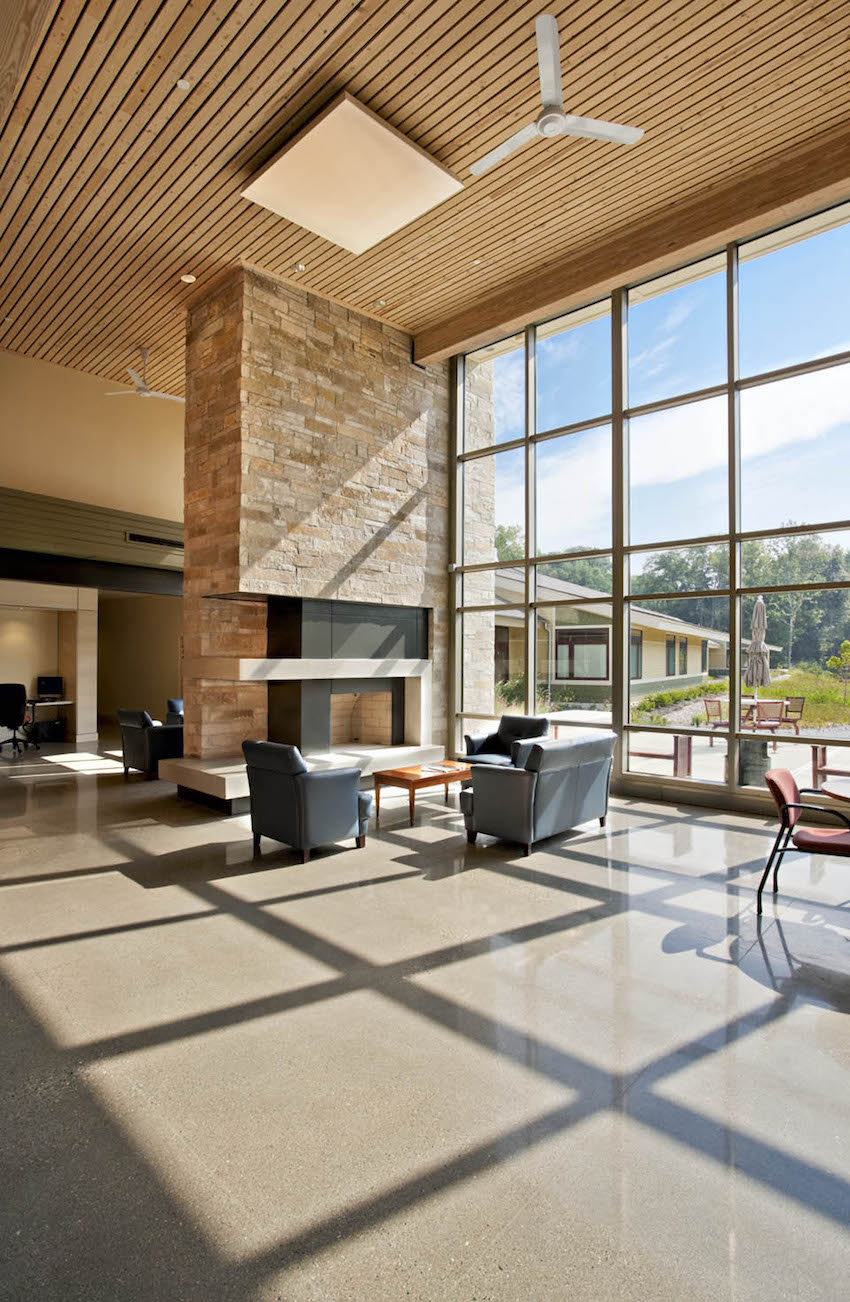Building Science Primer: PSYCH 101
A Fundamental Approach to Psychrometrics
Sponsored by Duro-Last®, Inc., MBCI, and Polyglass U.S.A., Inc. | Presented by Daniel Overbey
Webinar On-Demand
We all understand the importance of a good foundation. To be an expert in building enclosures, one must have a firm grasp of building science basics. This webinar is designed to (re)introduce design and construction professionals of any experience level to the basics of building science—providing the foundation necessary to provide leadership on a project team. In PSYCH 101, we will provide an introduction of how heat and moisture interact and how this can impact our built environments, our comfort and our health.

Photo Credit: Susan Fleck

|
Daniel Overbey, AIA, NCARB, LEED Fellow (LEED AP BD+C, ID+C, O+M), WELL AP is an Assistant Professor of Architecture at Ball State University and the Director of Sustainability for Browning Day Mullins Dierdorf in Indianapolis, Indiana. His work focuses on high-performance building design and construction, environmental systems research, green building certification services, energy/life-cycle assessment modeling, and resilient design. He can be reached at djoverbey@bsu.edu |
LEARNING OBJECTIVES
- Describe the difference between sensible and latent heat in an environment.
- Explain the relationship of heat and moisture using the psychrometric chart.
- Use the psychrometric chart to ascertain the dry-bulb temperature, humidity ratio, relative humidity, and enthalpy of any air-vapor mix.
- Identify how heat and moisture can influence one's perception of thermal comfort as well as impact human health.












